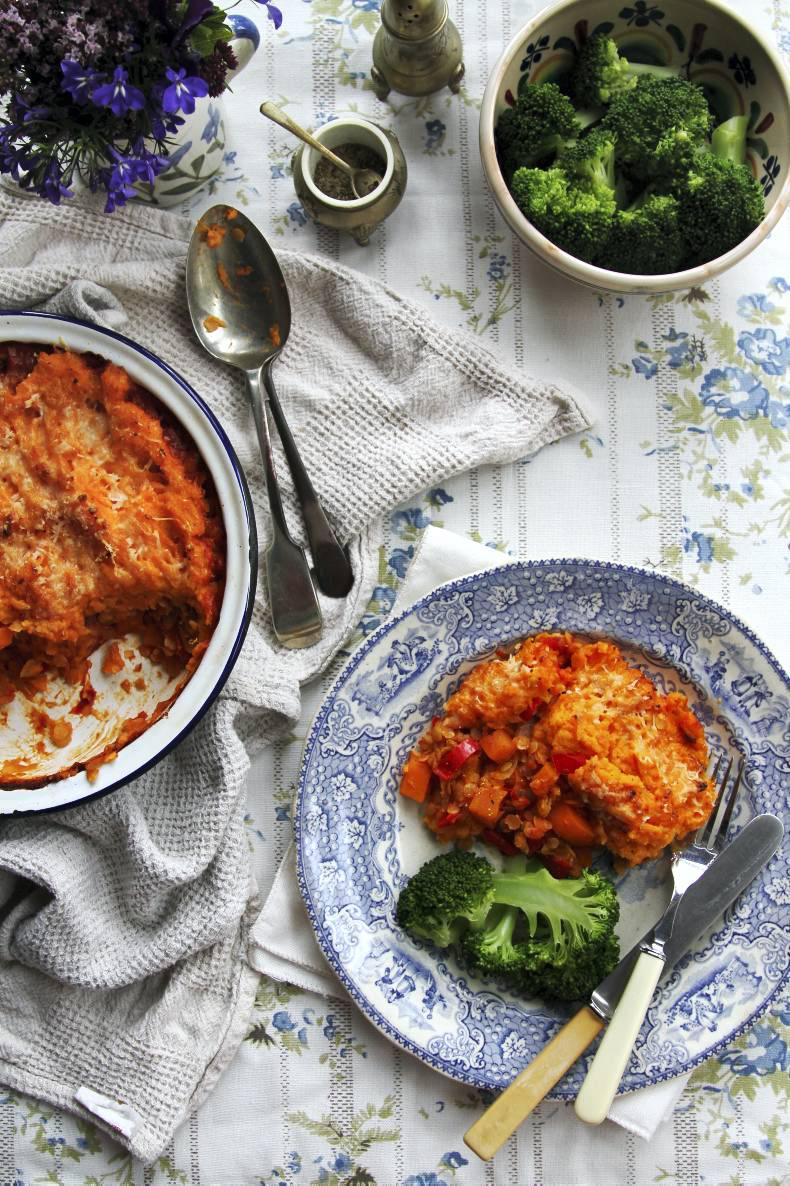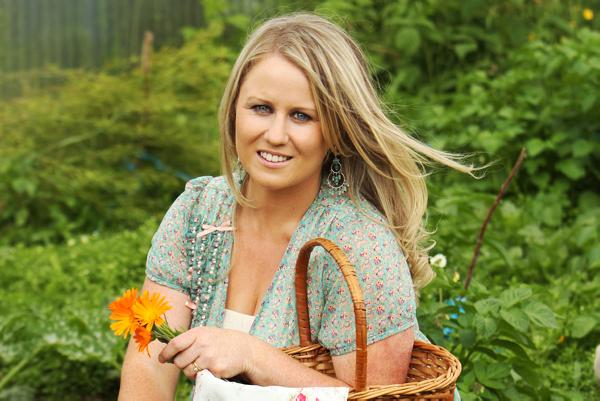Renowned for sweet scent, there are lots of species of daphne, but just a couple are generally grown in gardens. The rare kinds are a subject for enthusiasts of these lovely shrubs.
The kind that has been grown longest in gardens is the old favourite mezereon, Daphne mezereum. This was popular in cottage gardens decades ago, as it was easy to grow from seeds. Seedlings often pop up in the vicinity of the parent bush, and these were passed on to neighbours and friends, hence its widespread popularity.
The plant also has a tendency to flower more and produce more seeds when it was beginning to fail, as it is not a very long-lived plant, tending often to be rocked by strong winds. But the little seedlings can be used to grow up a replacement bush.
It flowers in February, with light purple fragrant flowers of flaring tubular shape, clustered along bare stems. There is also a white-flowered version seen occasionally. Mezereon is native to Europe and the Caucasus region.
In recent decades, a species from the eastern Himalayan region, Daphne bholua, has been introduced and has become increasingly popular. Upright in shape, reaching two metres and more, it has smooth pale-brown stems. At the tip of every twig, rounded buds open to reveal clusters of small tubular flowers. The flowers are red-purple in bud, opening white with pale red-purple remaining on the back of the flower.
The plant is fast-growing and begins to flower while still quite small, the flowering increasing as it gets more mature. Flowering is very reliable, with flowers produced in winter and early spring, resisting frost very well.
This plant is quite varied in form in its natural habitat, tending to be evergreen or semi-evergreen at lower altitudes and producing deciduous forms at higher levels. This is a reaction to severe cold and the semi-evergreen kind often loses more of its leaves in a cold winter.
There are two main varieties of this daphne offered for sale. ‘Jacqueline Postill’ is a semi-evergreen kind that holds most of its leaves, and some people prefer to see the flowers with some greenery associated with them. However, others prefer the deciduous form ‘Gurkha’, which displays the flowers on bare stems.
The deciduous kind might be a better bet in the colder parts of the country. These plants can be hard to find to buy, as they are usually snapped up quickly and may need to be ordered.
The flowers are sometimes followed by black berries, but these are not freely produced. The berries can be sown to raise new plants, although these may vary from the parent. Sometimes a self-sown seedling or two appears near the bush, and these can be lifted carefully when small and planted where there is space. The species also can produce suckers that can be left to root and carefully lifted in spring to be planted elsewhere.
Like the mezereon, and indeed most other daphne species, the wood is soft and the bush is not very long-lived, often being rocked by wind or the soil being too wet. Give it a position in good fertile soil, well drained with plenty of humus, and a sunny spot for more plentiful flowers. Find a spot that is nicely sheltered and the bush is less likely to be wind-rocked. Sometimes, especially when well suited as to soil and conditions, the shrub can make rather gangly, long shoots, but these can be cut back to half or less and will sprout side-growths that carry flower bunches. But do not over-prune, as it spoils the plant’s natural character. Place it where the scent can be enjoyed on a sunny day in winter. CL
Prune apple and pear trees
Apple and pear trees can be pruned now to keep them to a manageable size and to produce quality fruit of good size. Plum and cherry trees must not be pruned in winter, as there is a risk of very damaging silver leaf entering the pruning wounds. This disease can also attack apple trees, but not as virulently. Begin by cutting out dead, damaged and diseased branches and those growing towards the centre of the tree. Then aim to remove a few old branches each year and allow younger wood to replace the removed parts, which are usually part of a larger branch. Then shorten much of the remaining smaller branches by half their length, or so. Stand back from the tree occasionally to get an overview of the shape of the tree and the effect of the pruning.
This week
Trees, shrubs and roses
The ground is still very wet for planting. If small trees have been purchased, they can be kept for weeks before planting by being heeled in, after opening out the bundles. This is a good time to prune the lower limbs of garden trees that are spreading too much and taking up space. Roses can be pruned at any time.
Fruit, vegetables and herbs
Early varieties of seed potatoes can be put to sprout, as this gives a three-week-earlier harvest. There is still time to sow seeds of early varieties of cabbage, cauliflower, carrots, lettuce and onions. These will give an early crop but have to be started off in warm conditions indoors, and grown on in a greenhouse or tunnel.
Flowers
Perennial flowers can be lifted and divided, if necessary, but not if the ground is sticky, and it has been very wet and not suitable for lifting and dividing. Perennial flowers can be planted, but only if the soil is in good condition. Seeds of geraniums, lobelia, busy Lizzie and bedding begonias can be sown in a heated propagator.
Lawns
Lawns are very wet after heavy rain, and they should be allowed to dry out a little before they are mown. If a lawn area is being prepared for sowing in the spring, it cannot be cultivated until the ground dries, but weed seedlings could be controlled. Do not walk across a lawn if the ground is still soft, as it causes soil compaction.
Greenhouse and house plants
Greenhouse grape vines and peach trees will soon break bud, as the temperature warms up. The sooner these greenhouse fruits come into flower the better, because the earliest flowers bring the earliest harvest. This is most important with grapes, because they often run out of ripening time in September. Give a heavy watering.











SHARING OPTIONS